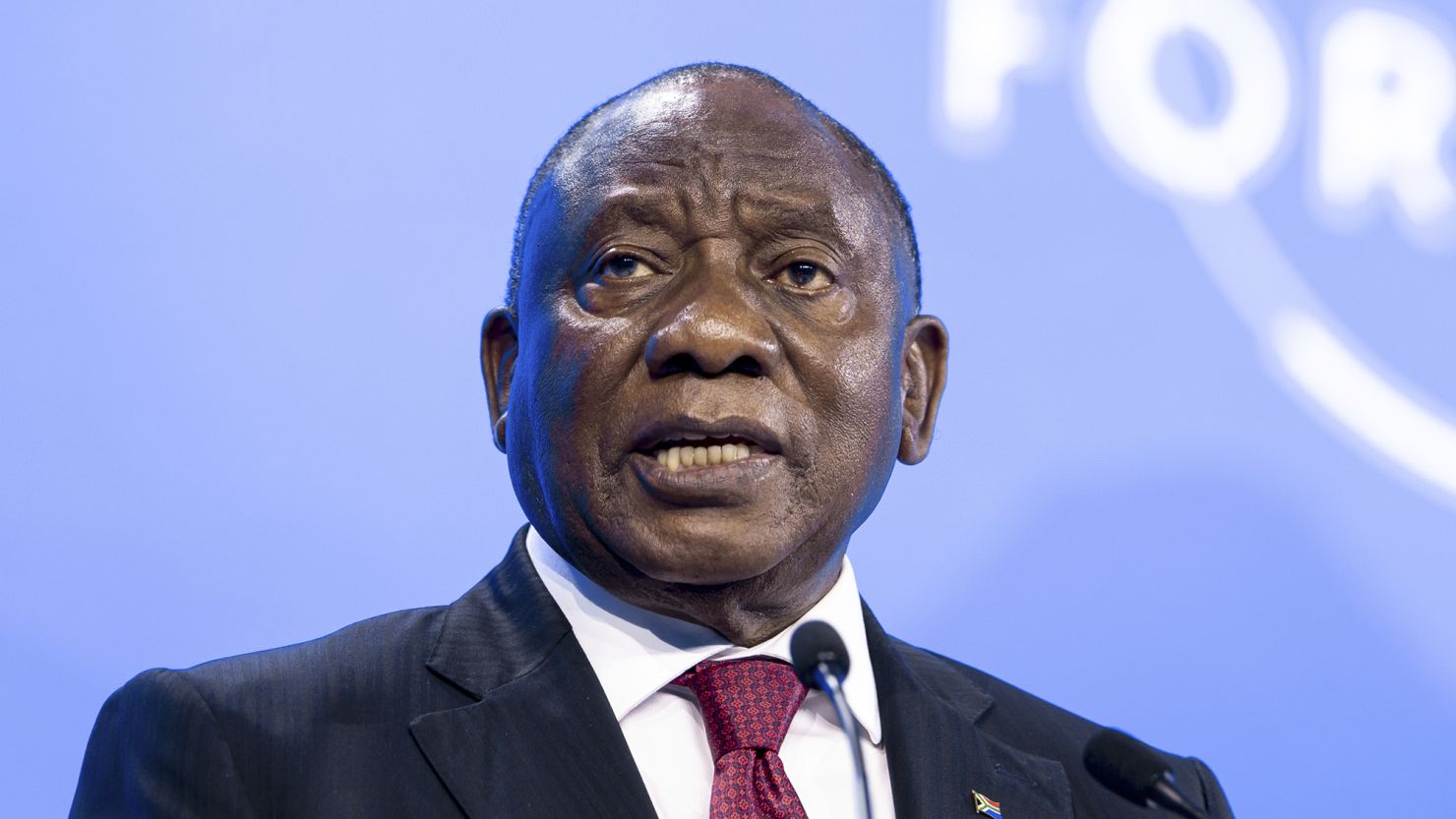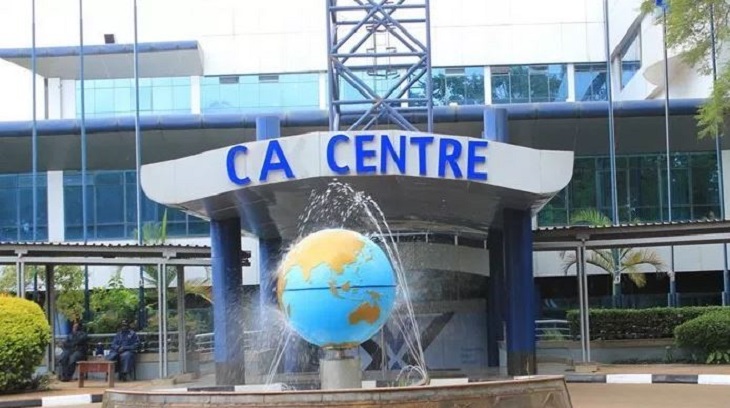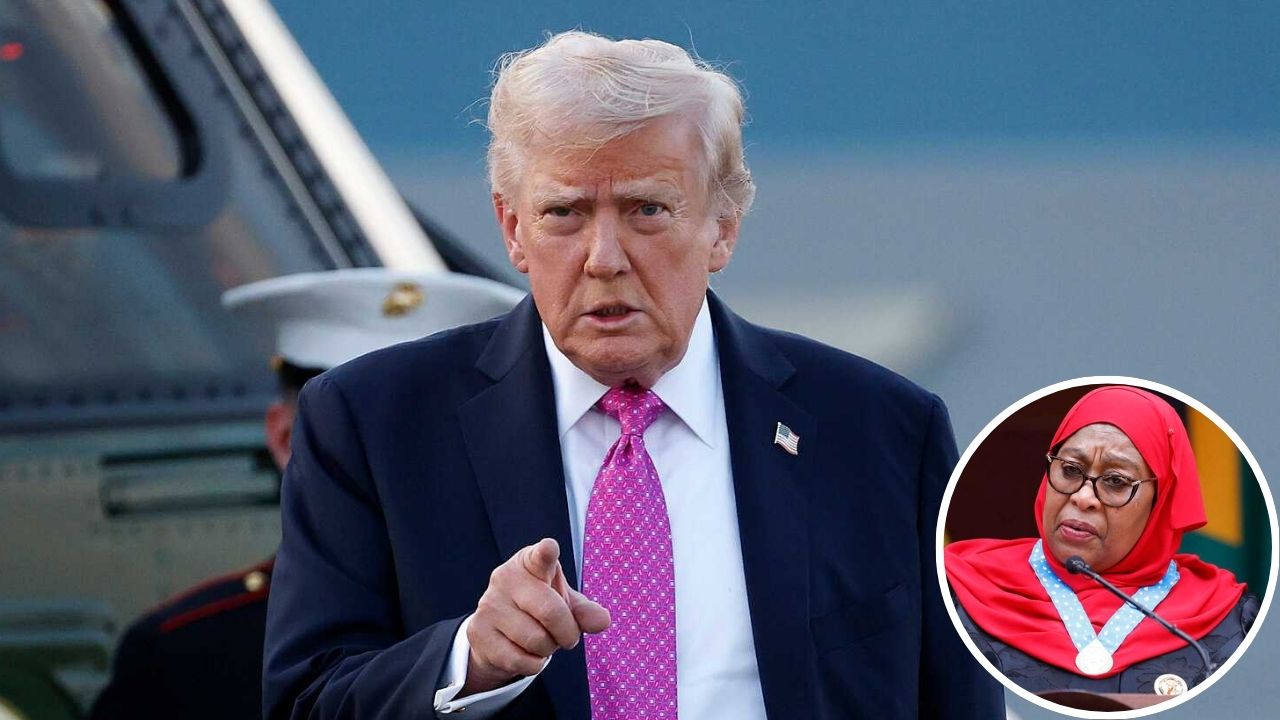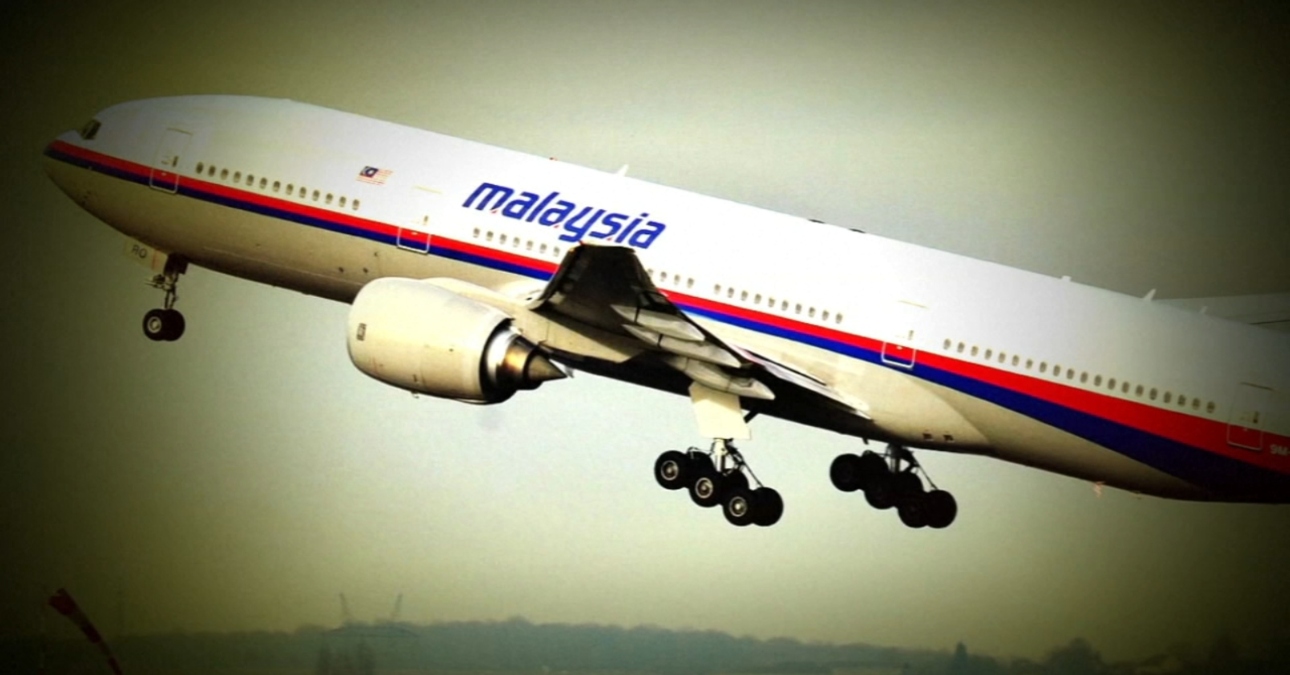President Cyril Ramaphosa has noted the correspondence from President Donald Trump on the unilateral imposition of a 30% trade tariff against South Africa.
Ramaphosa acknowledged that South Africa is one of a number of countries to have received this communication on Monday, 7 July 2025.
The 30% tariff by the U.S is based on a particular interpretation of the balance of trade between South Africa and the United States.
Accordingly, South Africa maintains that the 30% reciprocal tariff is not an accurate representation of available trade data.
“In our interpretation of the available trade data, the average tariff imported goods entering South Africa stands at 7.6%. Importantly, 56% of goods enter South Africa at 0% most favoured nation tariff, with 77% of U.S goods entering the South African market under the 0% duty,” President Ramaphosa stated.
He added: “South Africa will continue with its diplomatic efforts towards a more balanced and mutually beneficial trade relationship with the United States. We welcome the commitment by the US government, that the 30% tariff is subject to modification at the back of the conclusion of our negotiations with the United States.”
South Africa has continued to engage the United States, most recently at a meeting held on the sidelines of the U.S-Africa Summit on 23 June 2025 in Luanda, Angola, where South Africa learned of a template with which the U.S wishes to engage sub-Saharan Africa on matters of trade.
The South African negotiating team, President Ramaphosa insists, still awaits the template. However, President Ramaphosa has instructed that the team urgently engage with the U.S on the basis of the Framework Deal that South Africa submitted to the U.S on 20 May 2025.
The Framework deal is expected to address the issues initially raised by the U.S, including South Africa’s supposed trade surplus, unfair trade practices, and lack of reciprocity from the U.S.
The President now urges government trade negotiations teams and South African companies to accelerate their diversification efforts in order to promote better resilience in both global supply chains and the South African economy.











